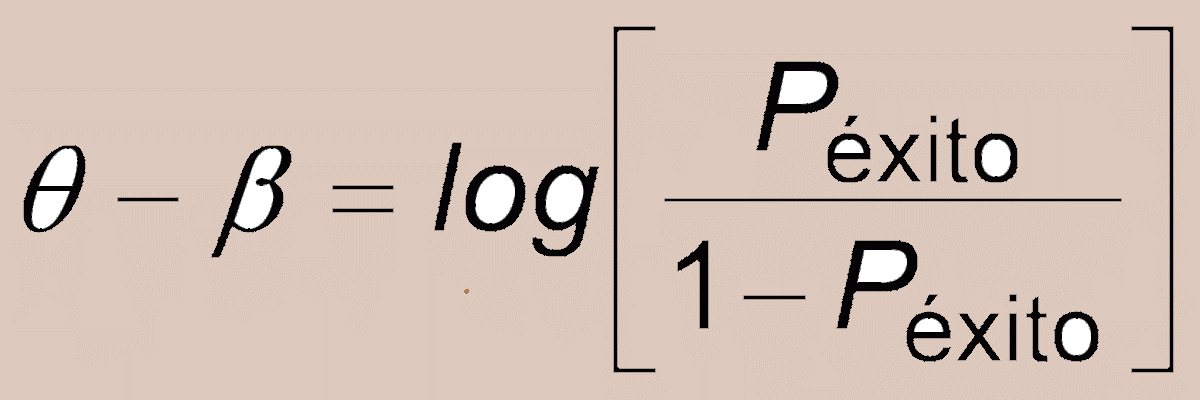Genome-wide study to detect single nucleotide polymorphisms associated with visceral and subcutaneou
- pgmelendezr
- 11 may 2020
- 2 Min. de lectura
Actualizado: 21 may 2020
P. Melendez, SE. Poock, P. Pithua, P. Pinedo, D. Manriquez, SG. Moore, JD. Neal, J. F. Taylor
Animal, page 1 of 8 © The Animal Consortium 2018 doi:10.1017/S1751731118001519
Estudio Genómico para detectar polimorfismos simples de nucleotidos en ganado Holstein con diferente deposicion de grasa visceral y subcutanea
Adiposidad de la cavidad abdominal está determinada genéticamente. En total, 11 SNPs se encontraron en 4 QTL, asociados con la deposición de grasa visceral en ganado Holstein.
Abstract
Excessive abdominal fat might be associated with more severe metabolic disorders in Holstein cows. Our hypothesis was that there are genetic differences between cows with low and high abdominal fat deposition and a normal cover of subcutaneous adipose tissue. The objective of this study was to assess the genetic basis for variation in visceral adiposity in US Holstein cows. The study included adult Holstein cows sampled from a slaughterhouse (Green Bay, WI, USA) during September 2016. Only animals with a body condition score between 2.75 and 3.25 were considered. The extent of omental fat at the level of the insertion of the lesser omentum over the pylorus area was assessed. A group of 100 Holstein cows with an omental fold <5mm in thickness and minimum fat deposition throughout the entire omentum, and the second group of 100 cows with an omental fold ⩾ 20mm in thickness and with a marked fat deposition observed throughout the entire omentum were sampled. A small piece of muscle from the neck was collected from each cow into a sterile container for DNA extraction. Samples were submitted to a commercial laboratory for interrogation of genome-wide genomic variation using the Illumina BovineHD Beadchip. Genome-Wide association analysis was performed to test potential associations between fat deposition and genomic variation. A univariate mixed linear model analysis was performed using genome-wide efficient mixed model association to identify single nucleotide polymorphisms (SNPs) significantly associated with variation in a visceral fat deposition. The chip heritability was 0.686 and the estimated additive genetic and residual variance components were 0.427 and 0.074, respectively. In total, 11 SNPs defining four quantitative trait locus (QTL) regions were found to be significantly associated with visceral fat deposition ( P<0.00001). Among them, two of the QTL were detected with four and five significantly associated SNPs, respectively; whereas, the QTLs detected on BTA12 and BTA19 were each detected with only one significantly associated SNP. No enriched gene ontology terms were found within the gene networks harboring these genes when supplied to DAVID using either the Bos taurus or human gene ontology databases. We conclude that excessive omental fat in Holstein cows with similar body condition scores is not caused by a single Mendelian locus and that the trait appears to be at least moderately heritable; consequently, selection to reduce excessive omental fat is potentially possible, but would require the generation of predicted transmitting abilities from larger and random samples of Holstein cattle.


.jpg)



Comentarios